Sent from my iPad
Begin forwarded message:
From: Kent Castle <kent.d.castle@hotmail.com>
Date: February 19, 2016 at 4:24:45 PM CST
To: Reason Marilou <loganlou55@yahoo.com>, Bogan Carole <bcbogan@earthlink.net>, Choban Peter <peter.s.choban@aero.org>, Patterson James <w8ljz@aol.com>, Madsen Ron <ronstar@pdq.net>, Martin Bobby <bobbygmartin1938@gmail.com>
Subject: FW: NASA Technologies We Use Every Day
From:
To: ;
Subject: NASA Technologies We Use Every Day
Date: Fri, 19 Feb 2016 11:14:34 -0600
6 NASA Technologies We Use Every Day
Credit: Wikimedia Commons/NASAThe Apollo missions were not only impressive for the fact that, you know, we succeeded in putting a man on the moon, but also because the push to reach it kickstarted a prolific era of innovation. It hasn't yet come to a halt as we continue to reap the benefits of the groundbreaking technology and advanced materials necessary for man's most audacious endeavors.
To put things into perspective, we've rounded up 11 everyday items that were originally developed by NASA and its allies to help us explore the great beyond. Chances are, you've used one or more of these in the last week. Let the games begin.
Credit: Flickr/John McStravickBetter sunglasses
Ever wonder how it is that your five-year-old Ray-Bans haven't been scratched to all hell, considering what you've put them through? Thank big brother NASA, who in their never-ending quest for defense against the ravages of our atmosphere and beyond, developed a technique called "direct ion deposition" that creates a thin, ultra-protective layer of diamond-like carbon. So that the ground-bound can also take advantage of the science, the masterful technique has now been licensed out to sunglasses companies.
Credit: Youtube/Medical and DentalNice teeth
To prompt solar panels on satellites to deploy outward once in orbit, NASA built them using a durable metal alloy known as nitinol, which is defined by its ability to spring back to shape -- after bending -- once warmed up. These days, orthodontists regularly use braces with nitinol wire to ensure they hold their shape in the intense warmth of patients' mouths.
Credit: Wikimedia Commons/JohanMemory foam
Your outrageously comfortable "viscoelastic polyurethane foam" slumber pod exists solely because NASA needed a way to keep astronauts from bouncing around like crash-test dummies while strapped into the return capsules and shuttles.
Credit: Wikimedia Commons/NASAFreeze-dried food
That novelty astronaut ice cream you just had to buy on a field trip to the science museum? Yeah, that was actually a pretty big deal. Since it was crucial to keep a mission's weight down, NASA devised a way to keep the astronauts stocked with food via freeze-dried meals, which retain 98% of their original nutritional value and only 20% of their original weight. Think about that next time you pour a bowl of Lucky Charms.
Credit: Flickr/Oregon State UniversityMicrochips
The fact that there are computers small enough to fit in our pockets is a testament to the circuitry developed for the Apollo missions' complex onboard navigation systems. The microchip as we know it today evolved out of the first working integrated circuit, which Texas Instruments developed specifically for the Department of Defense and NASA. Now you know who to blame for your crippling Candy Crush addiction.
Credit: Wikimedia Commons/NASACordless tools
Your freedom to hang shelving and, frankly, anything you damn well please in the middle of nowhere is due in no small part to the advancements made by Black & Decker in the early '60s at the behest of NASA. They needed tools that astronauts could easily use to obtain samples of moon rock and soil, so the B&D team came up with a then-revolutionary set of battery-powered drills and vacuums.To find out what other surprising items were developed by NASA, get the full story at Thrillist.com!
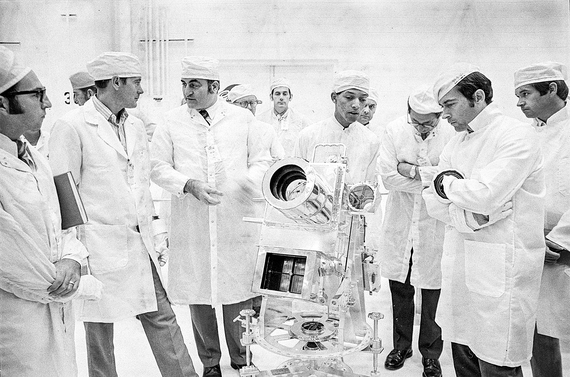
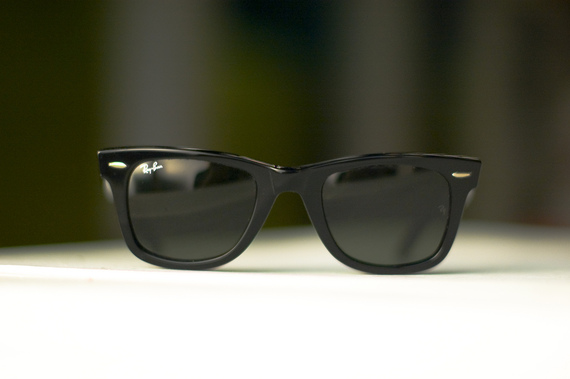
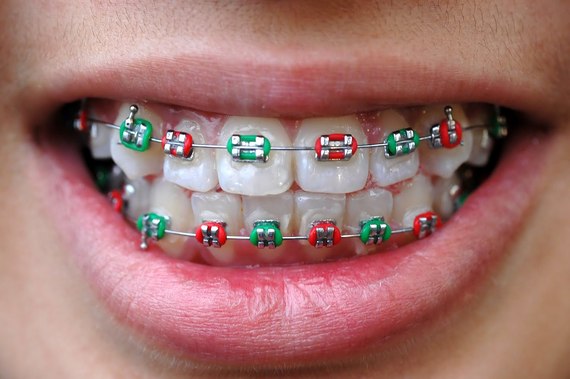
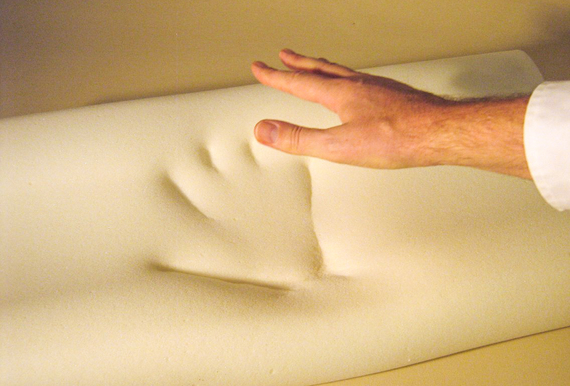
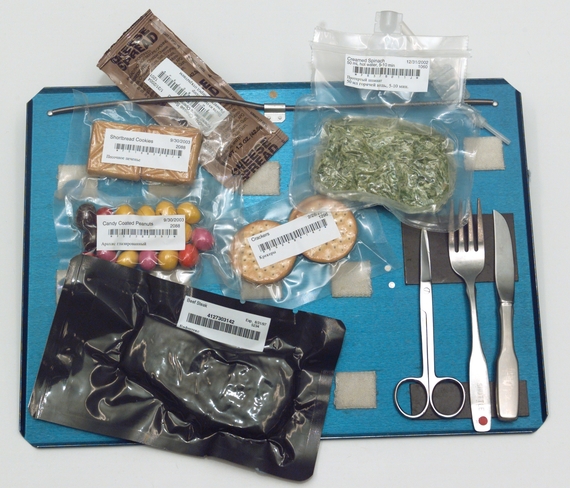

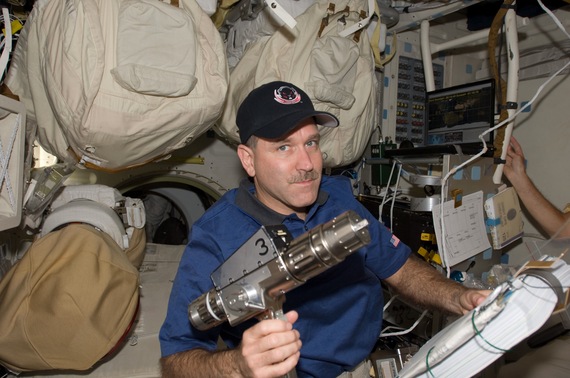
No comments:
Post a Comment